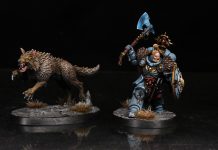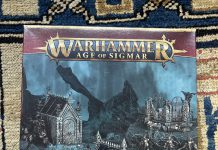This week’s Hammer of Math answers the most important question of our time; is the Warhound Titan any good?
Titans have always been a curiosity in Warhammer 40k. Like most of the top-end Forgeworld products, the price makes them the domain of collectors and resin-huffing sickos with more money than sense (I wish I was one of them). On the battlefield their point cost (1100 for the Warhound) makes them a challenge to field outside of Apocalypse-scale games. And the problem with Apocalypse-scale games is that since Games Workshop inexplicably stopped deciding to support the best damn ruleset they ever released they’re generally an incredibly unfun slog. But the rules do exist, so are they worth fielding?

Relative Value
Currently there are three sources of points/rules from which we can compare the relative value of a Warhound. Those systems are Warhammer 40k, Adeptus Titanicus, and Apocalypse. Those systems also have a few comparable units, notably the Knight Crusader and Cerastus Knight Atrapos. Assuming a configuration of two turbo-laser destructors, the Warhound clocks in at 1100 points in 40k, 220 points in Titanicus, and 60 points in Apocalypse. Those values are between 2.3 and 2.4 times the value of a Knight Crusader. Curiously the cost of a Knight Atropos varies wildly; in 40k the Warhound is worth 2.5 times that of the Atrapos while in Titanicus and Apocalypse it’s around 2.2. It’s interesting that the Atrapos costs less than the Crusader in 40k while in the other game systems it costs more.
Warhound Survivability
10th Edition 40k is an incredibly lethal game, especially when it comes to Towering models which are large and hard to hide. The Warhound only has 40 T13 wounds with a 2+/5++ save profile and no abilities to make it more resilient such as void shields or some kind of damage reduction. To put that in context, a pair of Knight Castellans has the same profile, also costs 1100 points, and has 48 wounds.
The chart below shows a selection of various weapons and their relative effectiveness. The heavy laser destroyer and Knight Crusader are stationary, while the Knight Atropos gains the benefits of attacking a really big target. From a pure points perspective the top option is actually the Demolisher cannon, especially if it was fielded on a Leman Russ Demolisher where the slight reduction in BS is offset by the added firepower of several bonus multi-meltas. On average a Warhound with two Turbo-laser Destroyers needs 2 turns in order to kill itself.
Rob: T13 and 40 wounds certainly seems like a lot, but remember that many current 40k strategies are based around dealing mortal wounds or devastating wounds, bypassing a lot of the Warhound’s defenses. It’s all well and good until you get charged by a World Eaters Master of Executions and he drops a dozen devastating wounds on you in one volley of attacks.
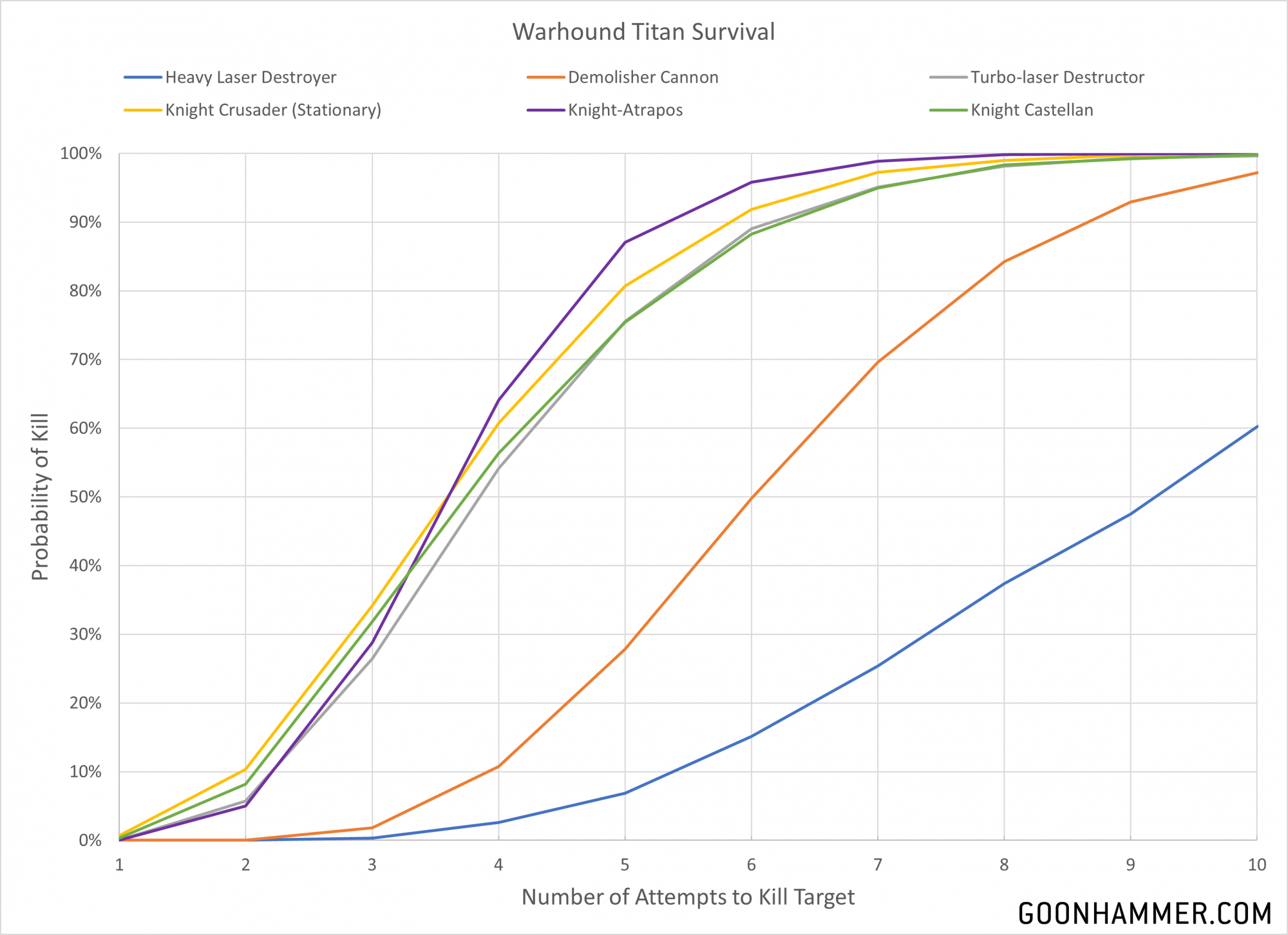 Compared to the other games in our list, 40k is significantly more lethal:
Compared to the other games in our list, 40k is significantly more lethal:
- In Titanicus, a pair of Turbo Laser Destructors is likely to collapse the shields of a Warhound in two turns, but it will take several more turns to get through the armor. In Apocalypse those two guns would average around 6 blast markers on the Titan (translating to three large markers), but one of them would be immediately removed because Titans have void shields. Even if the remaining two weren’t saved, the Warhound would still have most of its wounds. For the Knight Atrapos, the results in Titanicus are even less viable with the attacks unlikely to even penetrate the void shields in two turns.
- In Apocalypse the attacks would average around 8 blast markers, but once again after saves the Warhound would have plenty of wounds remaining.
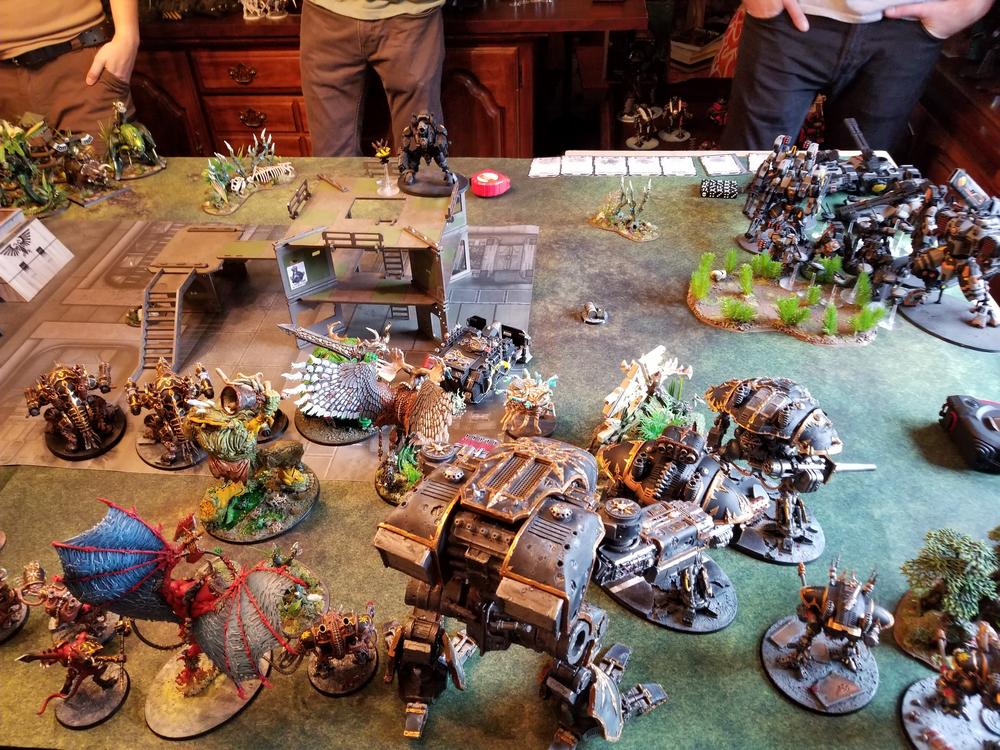
Can it Work?
This is an interesting question. In many ways, the Warhound plays like a larger, more expensive imperial knight, albeit one with a worse melee profile and some nastier guns. This means that it tends to fall into the same challenges, needing support from smaller units and ideally a way to smooth out its variance – which it doesn’t have. The Warhound only has access to the core Stratagems and has to pay extra to use those. All that said, you can build a workable – but not good – list with a Warhound (check out our interview of someone who did just that at Tacoma earlier this year) – but that will also heavily depend on going up against opponents who present ideal targets (such as knights), going first, and having opponents who struggle to take down your massive vehicle in 1-2 turns.
Final Thoughts
But generally in 10th edition titans aren’t really worth their massive point costs. This is mostly a function of how lethal the game is – the changes to Devastating Wounds didn’t make them any worse against vehicles – and how a large quantity of wounds simply isn’t enough when it’s a single target that can be subjected to focus fire. In the lore (and other games like Titanicus or the sadly defunct Apocalypse) even the smallest titan is a horrific threat, towering over the enemy and laying waste with incredible firepower. In 40k it feels more like an afterthought. Though that’s not necessarily a bad thing – 40k is a game on a different scale from Titanicus, and we’re not sure it’d be a good thing to see Titans in standard games of 40k.
Thanks for reading! If you have any questions or comments feel free to drop us a note in the Comments below or email us at contact@goonhammer.com. That’s also the best way to suggest topics for future articles.

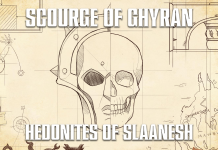
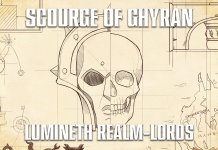
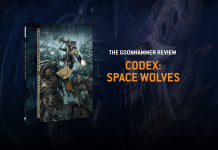





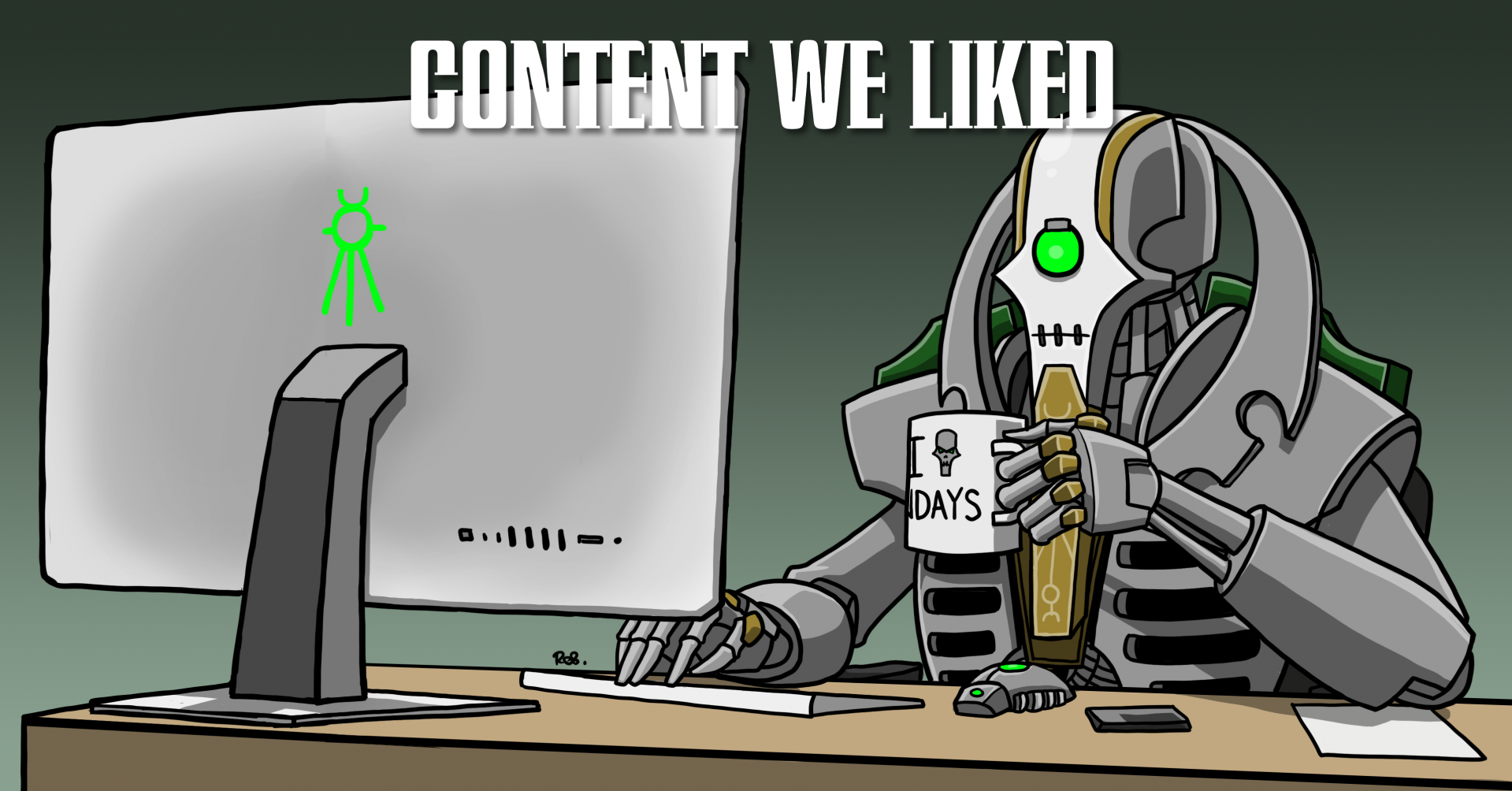
![[40k] Competitive Innovations in 10th: An Ominous Stench pt.3](https://d1w82usnq70pt2.cloudfront.net/wp-content/uploads/2020/01/Analysis_Banner.png)
